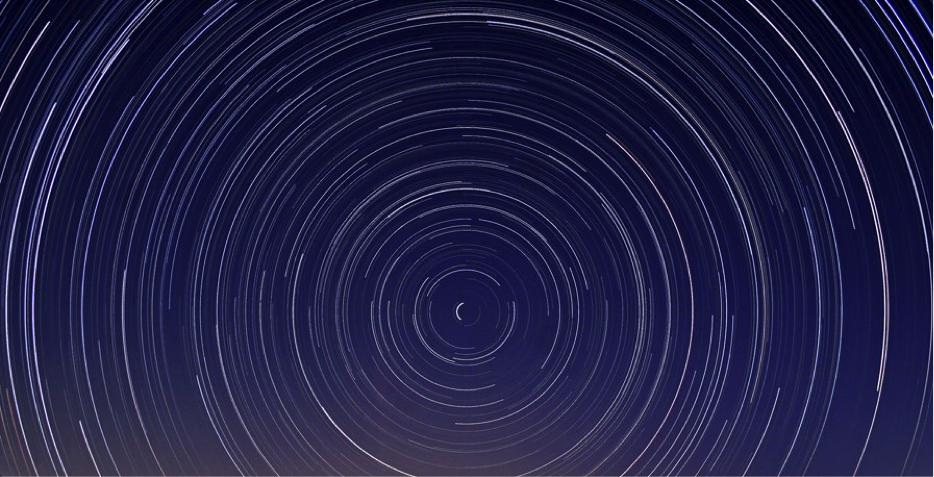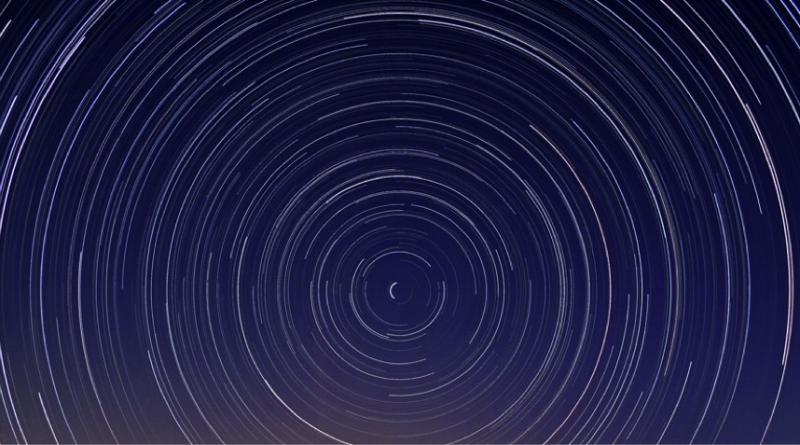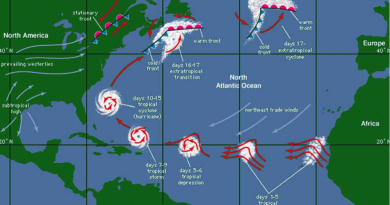RYA-tips #15 – Latitude by Polaris
Zeilen is een combinatie van wetenschap en kunst. En voor wie daar meer over wilt weten schrijft Albert De Nijs, instructeur bij de De Zeezeilers van Marken wekelijks een rubriek met tips&trics van de Royal Yachting Association.

In a previous article we discussed finding our Latitude by the Sun’s meridian passage. Another neat way to establish the Latitude is by Polaris, the Pole (or North) star.
The earth turns around its axis (angled at an odd 23.5°), and that axis happens to point (more or less) towards Polaris. For us Polaris remains steady in the sky, while every other heavenly body turns counter clockwise around Polaris, rising in the East and setting in the West.
At the North Pole, Polaris will be exactly overhead, at an angle of 90°, while at the equator the Pole star will be just visible at the horizon. The angle of Polaris is thus a direct measure of our Latitude (at the Northern hemisphere).
For star observations with a sextant it needs to be dark enough to see stars, while still light enough to have a clear horizon. Just before Sunrise or just after Sunset, around nautical twilight, is the time for celestial observations. That gives us two windows of opportunity per day for star sights.
The earth axis does not point exactly towards Polaris, there are also some corrections due to precession and nutation, but the principle is quite straightforward. The corrections (less than 1°) can be found in the Nautical Almanac.
Because the earth axis points towards Polaris, the bearing towards Polaris is also true North!
Albert de Nijs, Dutch Offshore Sailing Academy




